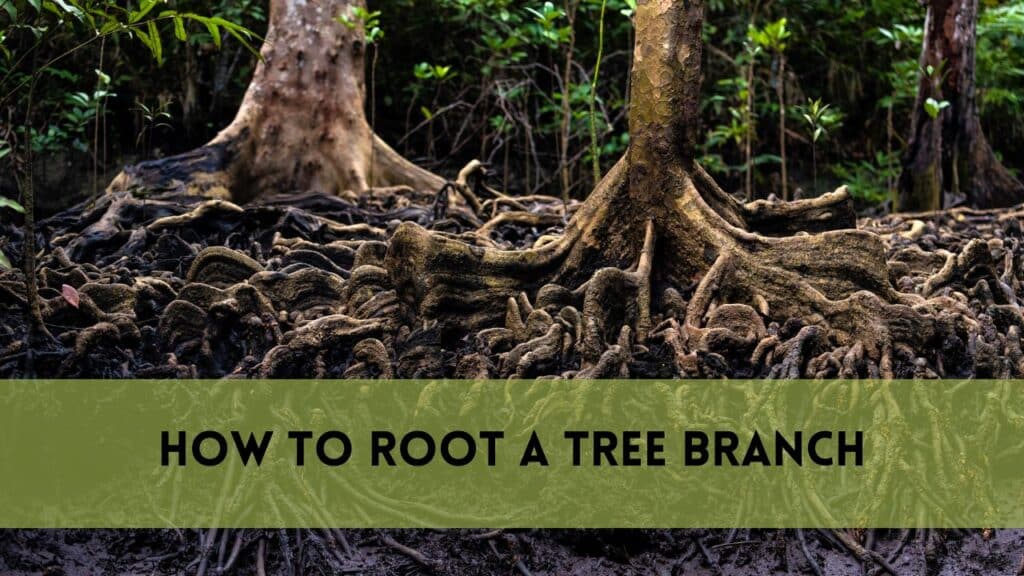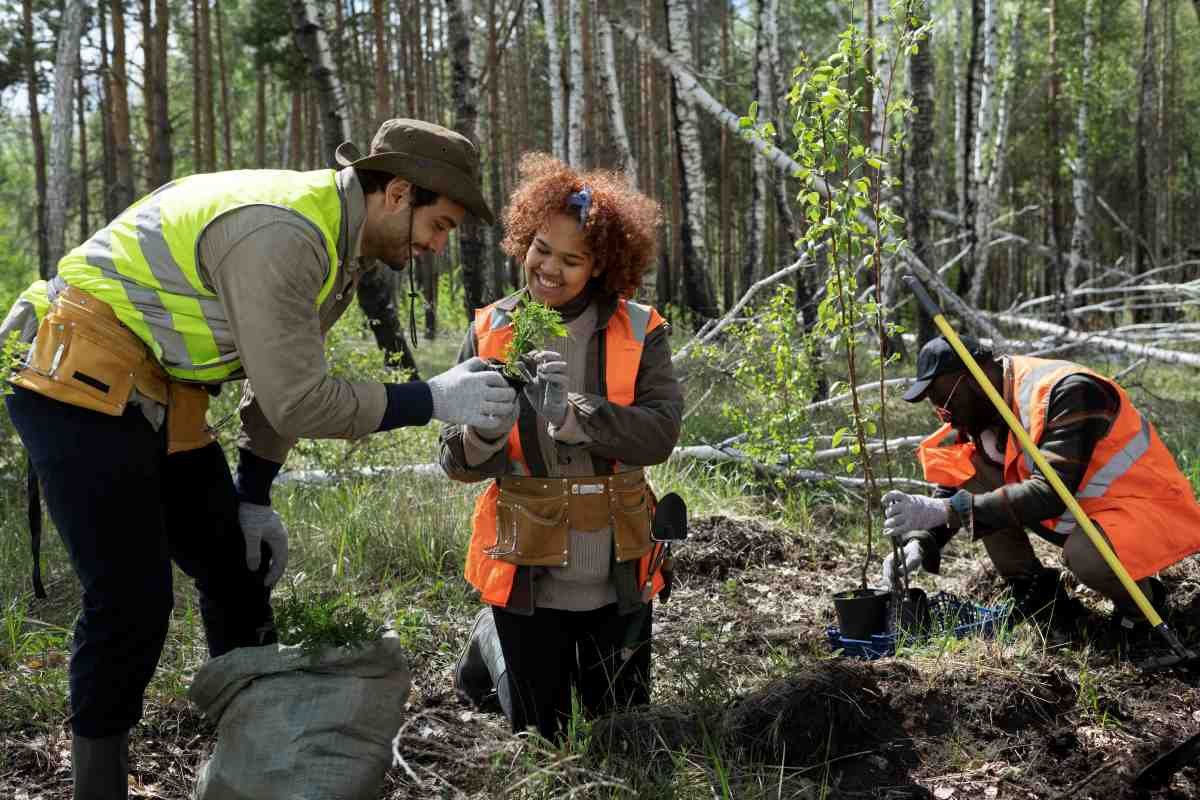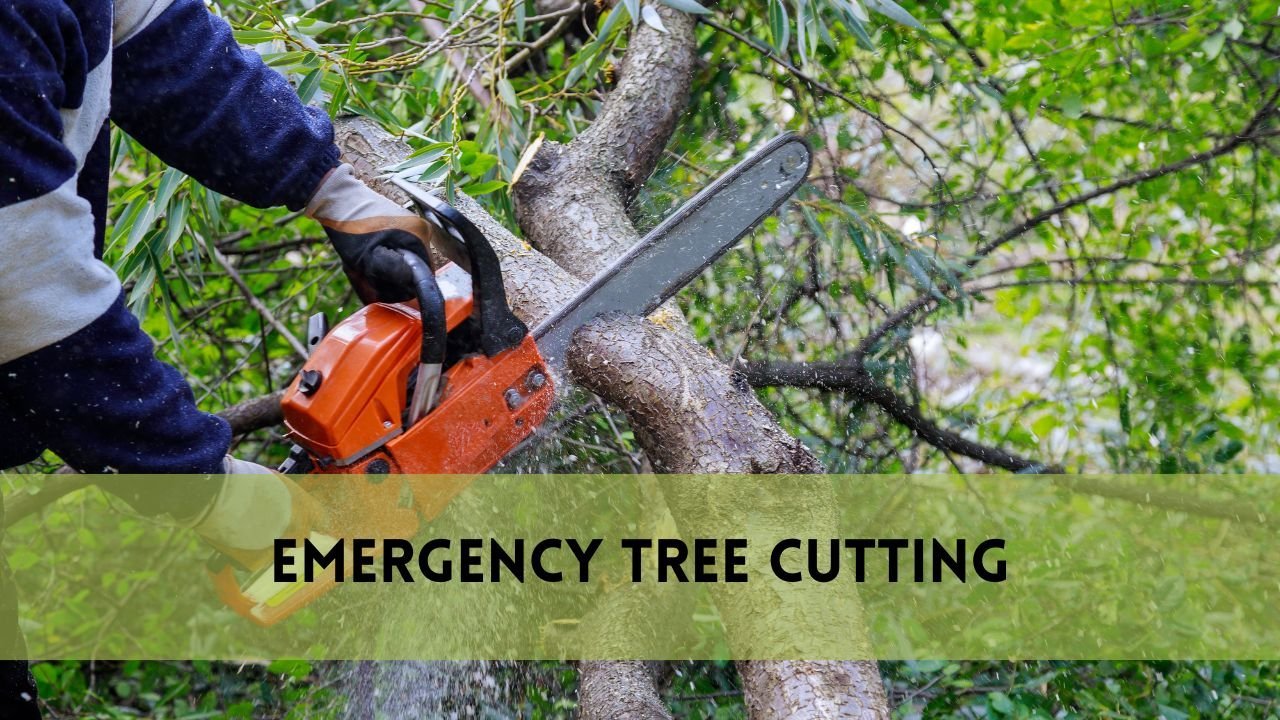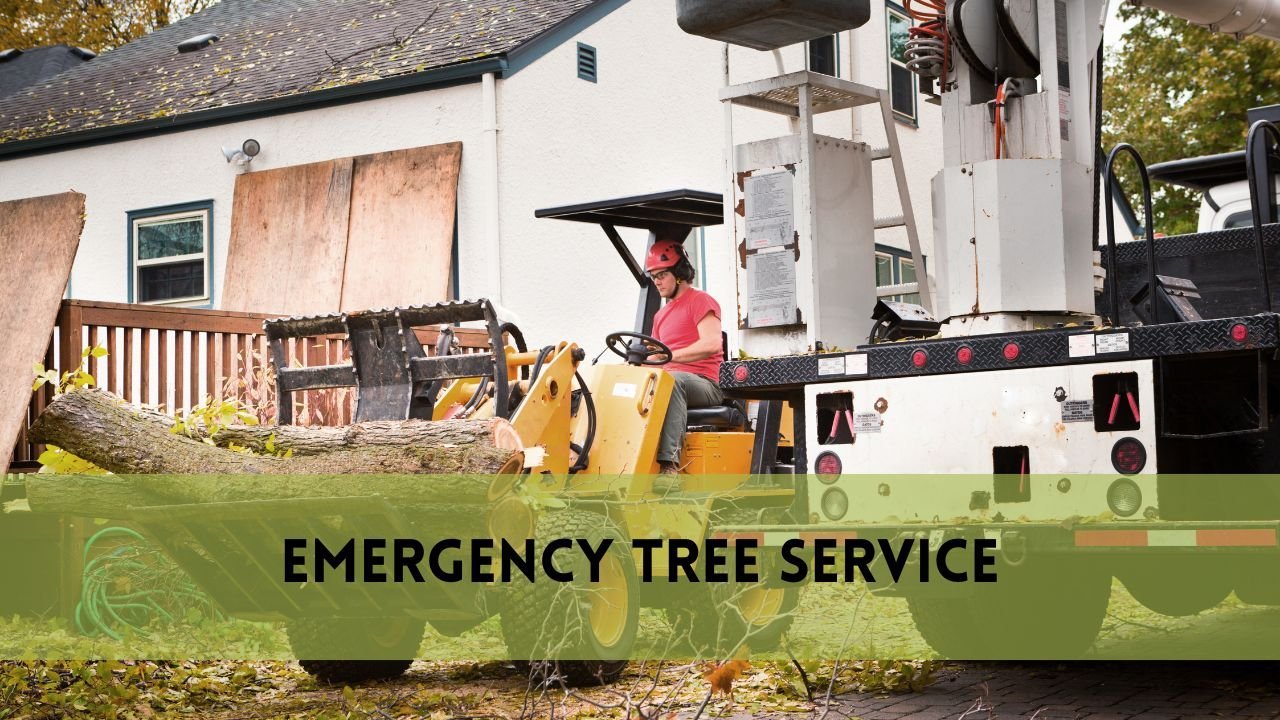Have you ever wondered how to root a tree branch without cutting? It’s a fascinating process that allows you to propagate new trees without the need for traditional cutting methods. In this guide, we’ll explore the ins and outs of rooting tree branches, step-by-step, so you can grow your own trees with ease.
How to Root Without Cutting?
Encouraging a branch to grow roots while it is still linked to the parent tree is the process of “rooting” a tree branch without cutting it. In order to generate new trees from existing ones without harming the parent tree, this technique is frequently employed in propagation.
Selecting the Appropriate Branch to Root Without Cutting
The first thing you must do is choose a strong, healthy branch for roots. Seek out a robust, yet flexible, branch, ideally from this season’s growth. Steer clear of sick or broken branches as they might not take root.
Getting the Tree Branch Ready to Root
After selecting the branch, you need to get it ready for rooting. To leave a clean stem, remove any leaves or buds from the lowest part of the branch. This will encourage the growth of roots along the branch’s stripped portion.
Applying Rooting Hormone
To encourage root growth, consider applying rooting hormone to the stripped portion of the branch. Rooting hormone contains auxins, which stimulate root formation and increase the chances of successful propagation. Simply dip the stripped end of the branch into the rooting hormone, ensuring it is evenly coated.
Steps to Root a Tree Branch Without Cutting
With the branch prepared, it’s time to plant it in a suitable growing medium. Choose a well-draining soil mixture that retains moisture without becoming waterlogged. Make a small hole in the soil and gently insert the stripped end of the branch, ensuring it is securely in place.
Providing Sufficient Light and Moisture
It’s critical to provide the branch enough light and moisture after planting. To promote root growth, keep the soil continuously moist but not soggy. For best results, put the branch where it will receive strong, indirect sunlight to encourage photosynthesis and general growth.
Keeping an Eye on Growth
An essential part of effectively rooting a tree branch without cutting is keeping an eye on the rooted branch’s growth. You may evaluate the state of root production and spot any possible problems that might occur throughout the rooting process by constantly monitoring the branch’s growth.
Observing New Growth of Tree Branch
One of the primary indicators of successful root development is the emergence of new growth on the branch. Keep an eye out for signs such as fresh leaves, buds, or shoots, which indicate that the branch is actively growing and establishing itself in its new environment. New growth typically appears above the soil line or along the length of the branch itself. As the rooted branch continues to grow, you may notice an increase in leaf size, stem length, and overall plant vigor, all of which are positive signs of successful rooting.
Checking Root Development
While you may not be able to see the roots themselves, you can indirectly assess root development by gently tugging on the base of the branch. If the branch resists movement and feels firmly anchored in the soil, it likely has developed a healthy root system.
Be cautious when checking for root development, as excessive disturbance to the branch can disrupt the rooting process and cause unnecessary stress to the plant. If you suspect root development is occurring but aren’t sure, refrain from disturbing the branch and continue to monitor its growth over time.
Finding Problems in a Tree Branch
Keep an eye out for any indications of disease, stress, or pest infestation that could compromise the branch’s health during the roots process. Stunted growth, wilting or yellowing leaves, and odd staining are all signs that something might be wrong and need to be looked into further.
If you observe any worrying symptoms, get help right away to deal with the underlying problem and stop it from getting worse. This could entail making changes to the lighting and water levels in the surrounding area, as well as putting pest management measures in place to keep dangerous insects away from the branch.
Patience and Persistence for Rooting Tree Branch Without Cutting
Rooting a tree branch without cutting requires patience and persistence, as the process can take several weeks to months to complete successfully. It’s essential to remain patient and continue monitoring the growth of the branch, even if progress seems slow or stagnant at times.
Remember that every plant grows at its own pace, and factors such as environmental conditions, tree species, and rooting hormone application can influence the speed and success of root development.
Stay committed to providing the branch with the care and attention it needs, and soon enough, you’ll be rewarded with a thriving new tree ready for transplanting.
Replacing the Firm Branch
The rooted branch is prepared for transplanting once it has developed a strong root system. Dig around the branch’s base cautiously so as not to disturb the fragile roots. Make sure the rooted branch has enough room to grow by transplanting it into a bigger container or straight into the ground.
Taking Care of the New Tree after Rooting
Following the transplant, take care of the new tree in the same manner as you would any other. For best growth, water it frequently especially in dry spells and give it enough sunlight. Keep an eye out for any indications of disease or stress, and take quick action to ensure the tree survives.
FAQs
Can any tree branch be rooted without cutting?
While many tree species can be propagated through branch rooting, not all branches are suitable. It’s best to choose young, flexible branches from healthy trees for the highest chances of success.
How long does it take for a tree branch to root without cutting?
The time it takes for a tree branch to root varies depending on factors such as tree species, environmental conditions, and the health of the branch. Generally, rooting can take anywhere from a few weeks to several months.
Do I need to use rooting hormone when rooting a tree branch without cutting?
While rooting hormone can increase the likelihood of successful root development, it is not always necessary. Some tree species root readily without the use of hormones, while others may benefit from its application.
What should I do if my rooted branch isn’t showing any signs of growth?
If your rooted branch isn’t showing signs of growth, it may indicate that root development has stalled or failed. Check the moisture levels, light exposure, and overall health of the branch, and make any necessary adjustments to promote growth.
Is it possible to plant a rooted branch straight into the ground?
Yes, the rooted branch can be safely transferred into the ground once it has grown a robust root system. To guarantee a good establishment, select a place with well-draining soil and give the branch regular attention.
Conclusion
To spread new trees in an environmentally responsible and gratifying way, root a tree branch without cutting it down. You can effectively develop your own trees from existing branches by following these easy procedures and giving them the proper care and attention. So why not give it a shot and see how much new life it brings to your garden?





